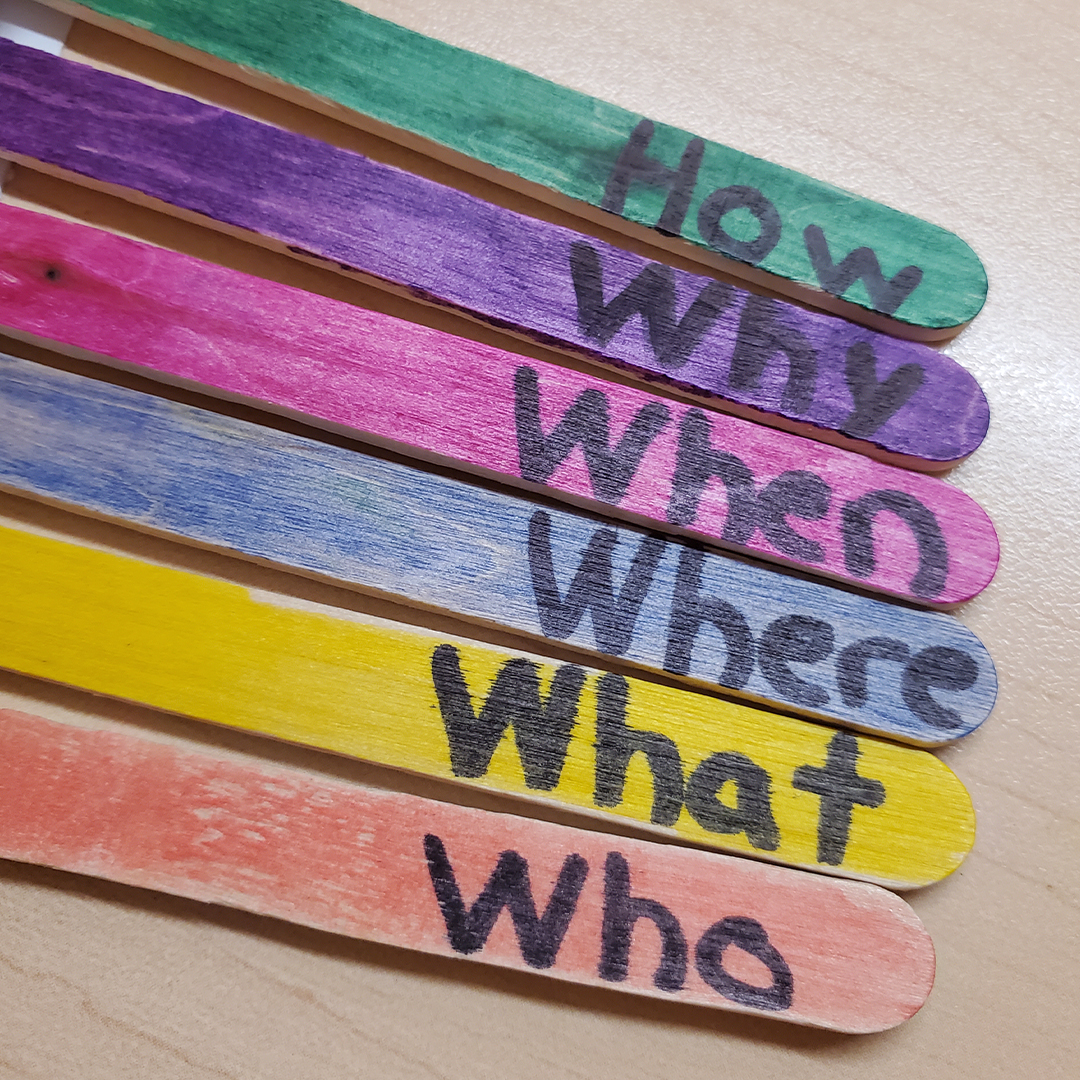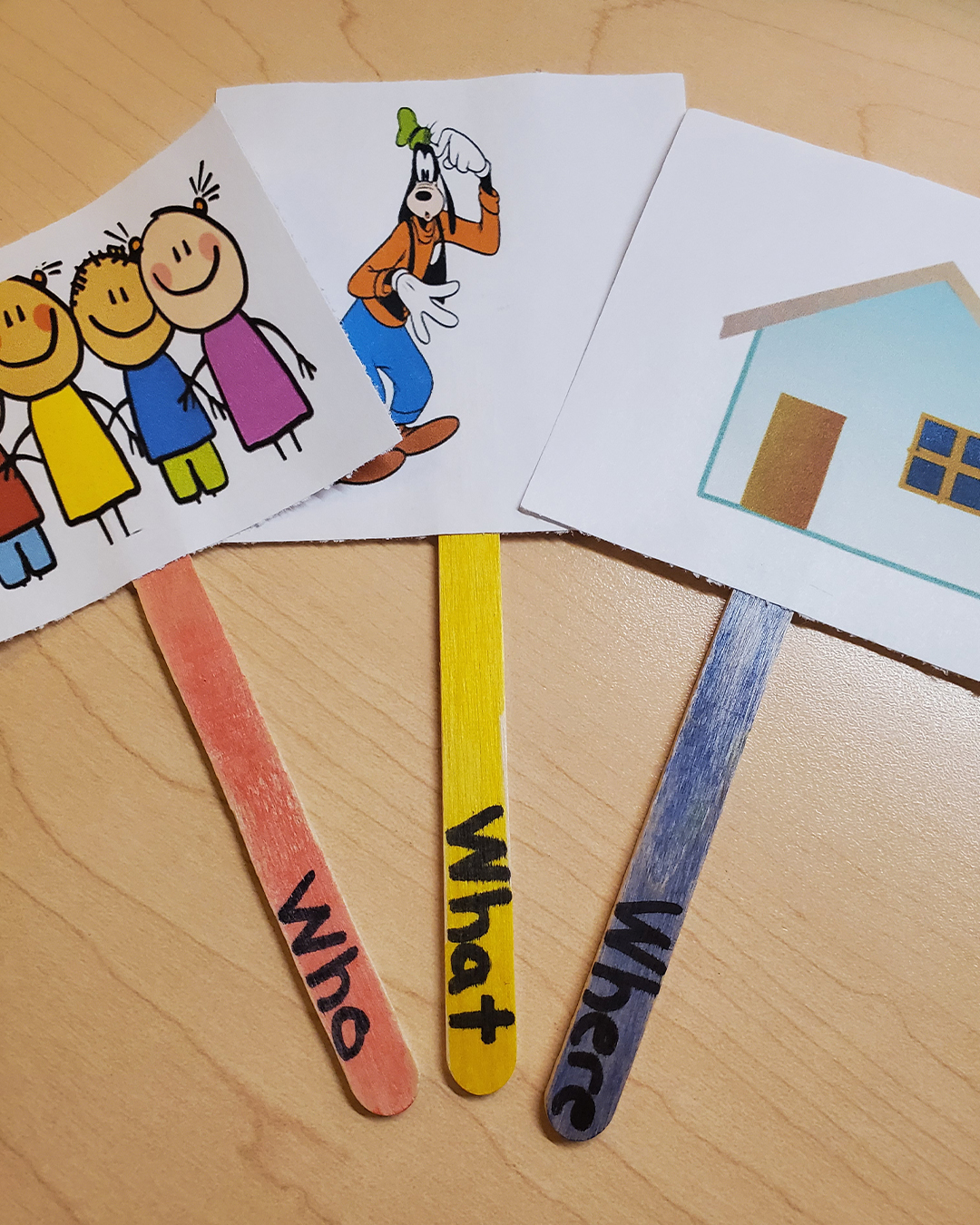Multisensory Monday: Color Coding Comprehension
Posted by Brainspring on 2nd May 2021
Have you ever found yourself in the middle of reading where you have to stop and ask, wait, what did I just read? I know I struggled with this as an adolescent and even sometimes as an adult, especially if the reading material is not of immediate interest. It’s no wonder our students struggle to focus; the world can be quite distracting.
Unfortunately, we cannot use our surroundings as an excuse and opt out of reading, especially in primary and secondary grades. Fortunately, there are strategies that our children and students can implement when trying to comprehend. Once children are reading phonetically, reading for comprehension is next to follow. Children need to acquire meaning from written text to develop the knowledge and skills needed to become competent readers.
Make it Multisensory
There are many reading comprehension strategies needed to be learned and applied as our children read. A highly effective multisensory activity is to color-code our reading as we go. A good reader  asks themselves six main questions: who, what, where, when, why, and how. For each of those questions, assigning a specific color to that question will help organize what is happening in the text. Once an answer to one of those questions is read, highlight, or underline the text with the designated color. When referring to the text, looking for the identified question becomes much easier. Not only does this help with answering comprehensive questions, but it also keeps the reader engaged as they are constantly looking to identify the answers. This strategy will work for any text but be sure that it is of instructional level for the child. Not too easy and not too hard.
asks themselves six main questions: who, what, where, when, why, and how. For each of those questions, assigning a specific color to that question will help organize what is happening in the text. Once an answer to one of those questions is read, highlight, or underline the text with the designated color. When referring to the text, looking for the identified question becomes much easier. Not only does this help with answering comprehensive questions, but it also keeps the reader engaged as they are constantly looking to identify the answers. This strategy will work for any text but be sure that it is of instructional level for the child. Not too easy and not too hard.
Materials needed:
- Good book
- 6 different color writing utensils
- Paper and pencil for writing down answers
- Popsicle sticks (optional)
Variations/Extensions:
For the optional popsicle stick idea, children can label and color code the sticks with the six questions written on them. This is an
 important reading strategy called retelling. Using the sticks, children will hold up the specific one for the part being explained and tell the story over again in their own words. For example, “There once was a dog (who) that lived on a farm (where). In the summer (when), the dog had a job to protect the cows (what) from the coyote that wanted to eat them (why). So, one night he slept outside with the cows and chased the coyote away (how).” A variation can also be to utilize two colors and/or sticks when comparing characters. Color coding between similarities and differences can help readers quickly identify answers to questions regarding the characters.
important reading strategy called retelling. Using the sticks, children will hold up the specific one for the part being explained and tell the story over again in their own words. For example, “There once was a dog (who) that lived on a farm (where). In the summer (when), the dog had a job to protect the cows (what) from the coyote that wanted to eat them (why). So, one night he slept outside with the cows and chased the coyote away (how).” A variation can also be to utilize two colors and/or sticks when comparing characters. Color coding between similarities and differences can help readers quickly identify answers to questions regarding the characters.
Using colors and hands-on tools is sure to create a more engaging reader out of your child or student and will, in turn, make them better, comprehensive readers. Happy reading!
Written by Brittney Urban.
Brittney is a Dyslexia Specialist and Brainspring Tutor.
Brainspring has proudly supported the educational community for more than 25 years.
Our Educator Academy provides educators in grades K-12 with comprehensive MSL Professional Development courses. Learn more about our in-person and online professional development.
The Learning Centers support students through one-on-one, multisensory tutoring sessions. Learn more about our in-person (available in Southeast Michigan) and nationwide online tutoring.

